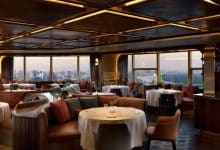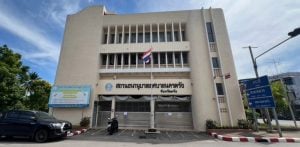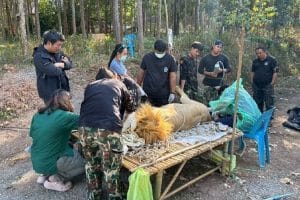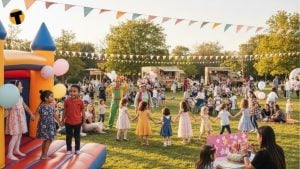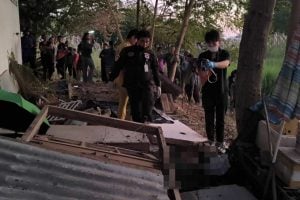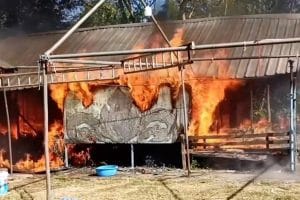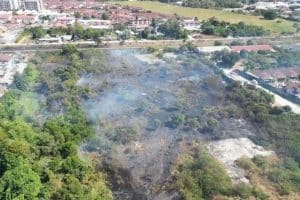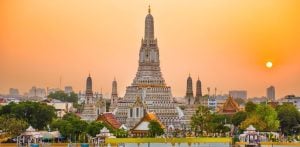By the river’s edge: Life along Bangkok’s khlongs
Learn about the aspects that made Bangkok known as the Venice of the East once upon a time and where you can visit alongside it
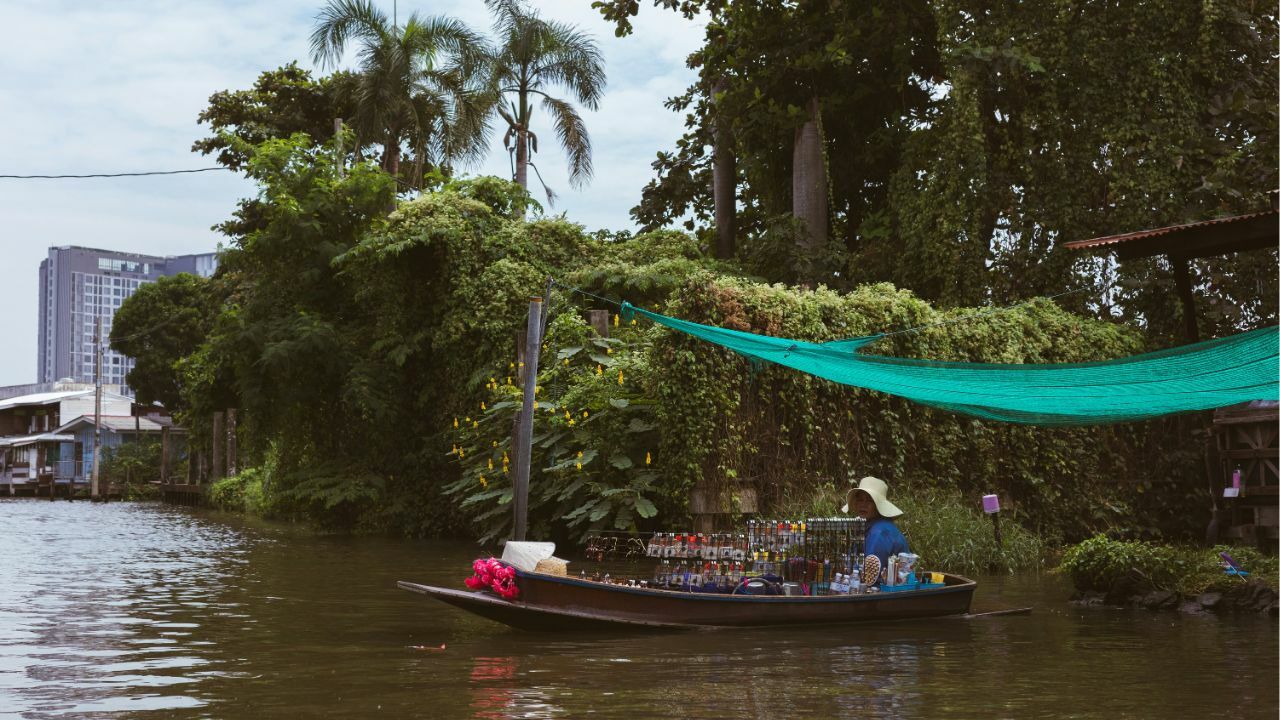
Beyond the busy streets, Bangkok’s waterways offer a glimpse into the city’s past. The khlongs, or canals, showcase an older, quieter side of the capital where life moves at a slower pace. From historic temples and floating markets to small artist communities, the canals of Thonburi and beyond hold stories of Bangkok’s rich heritage, offering a unique perspective on its cultural history.
“The river has great wisdom and whispers its secrets to the hearts of men.” – Mark Twain
Scenes of life along Bangkok’s khlongs
| Section | Summary |
|---|---|
| An everyday scene by the water | Life by the khlongs in Bangkok offers a serene pace, with teakwood homes, calm waters, and local life. |
| The floating foundations of a city | Bangkok’s canals were once its main transport arteries, now remnants of a floating city that tell a rich history. |
| Exploring the city by boat | Explore Bangkok via boat on the Chao Phraya River and Khlong Saen Saep, offering both commuter services and scenic tours. |
| Thonburi: A glimpse into the old city | Thonburi offers a step back in time with traditional homes and canals that nourish communities, perfect for boat tours. |
| A giant rising from the water | The Big Buddha at Wat Paknam Bhasicharoen stands tall along Thonburi’s canals, reflecting both serenity and spiritual awe. |
| Art, tranquillity, and canalside creativity | Baan Silapin (The Artist’s House) blends art and nature, offering a peaceful, creative environment along the canal. |
| The royal barges and Bangkok’s historic waterways | The Royal Barges Museum showcases gilded boats used in royal ceremonies, highlighting the historical importance of Bangkok’s canals. |
| Where the current knows the way | The khlongs of Bangkok offer a quiet escape from the city’s hustle, where life flows slowly with the river’s current. |
An everyday scene by the water
A man sits on the perch of his house, watching the water ripple past his doorstep in the morning light. A woman hangs bright sarongs out to dry on a swaying line, and a shaggy dog snoozes beneath an old table. Further along, a row of teakwood homes leans gently over the canal, their weathered stilts creaking with the tide. Life by the khlongs in Bangkok drifts at a different pace.
The floating foundations of a city
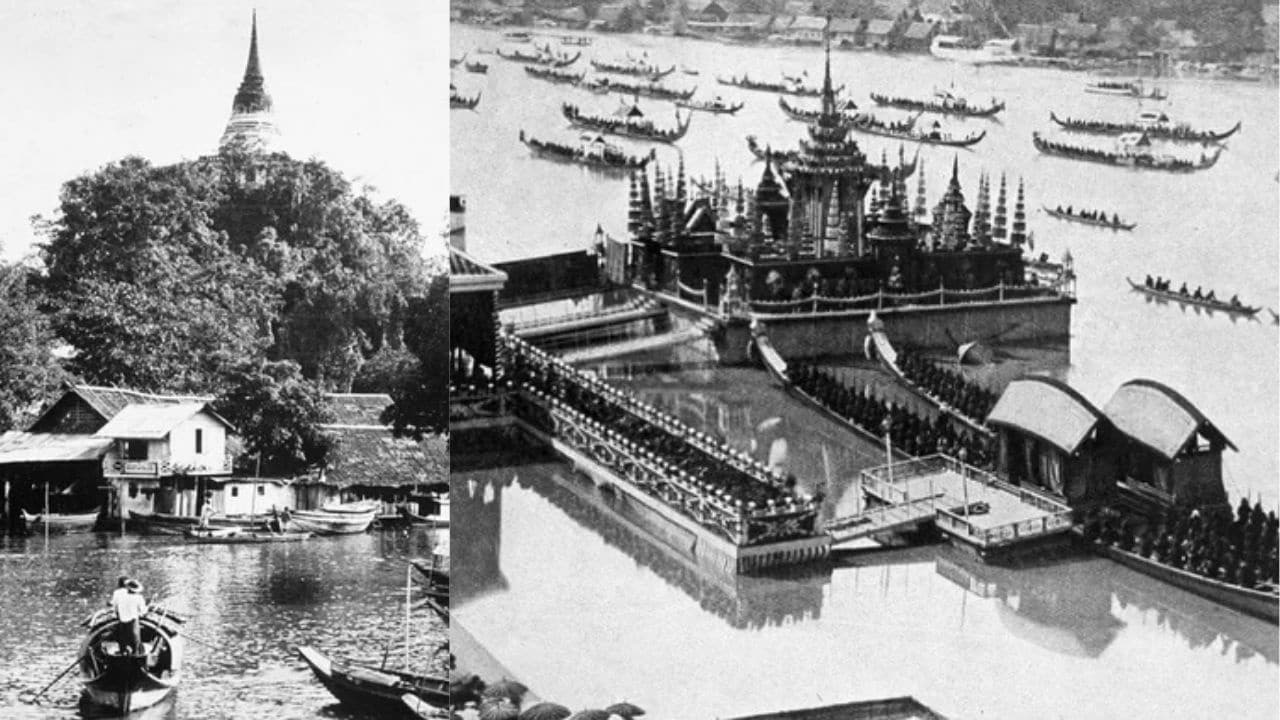
Long before it was called the Big Mango, Bangkok was known as the Venice of the East. In the 18th century, King Rama I commissioned a system of moats and canals to protect the growing capital from invasion. Over time, these waterways expanded into a vast network stretching hundreds of kilometres, linking temples, markets, and neighbourhoods. For generations, the khlongs served as the city’s primary arteries for transport, commerce, and everyday life.
But with the rise of European-style urban planning in the 20th century, many canals were filled in and replaced with roads. Bangkok expanded outward and upward, and the waterways faded from public consciousness. Yet remnants of this floating city remain, pulsing with everyday activity, hidden in plain sight.
Exploring the city by boat
There are three main ways to experience Bangkok by boat. The Chao Phraya River, the city’s main waterway, winds past iconic temples like Wat Arun and Wat Pho, and links lively neighbourhoods such as Chinatown, Banglamphu, and Wang Lang Market, known for its street food and secondhand finds.
Aboard the Chao Phraya Express Boat, a favourite among locals and savvy travellers, you can hop off at eclectic stops all around the city and even make your way to places like the River City Bangkok, a riverside destination for contemporary art, antiques, and exhibitions.
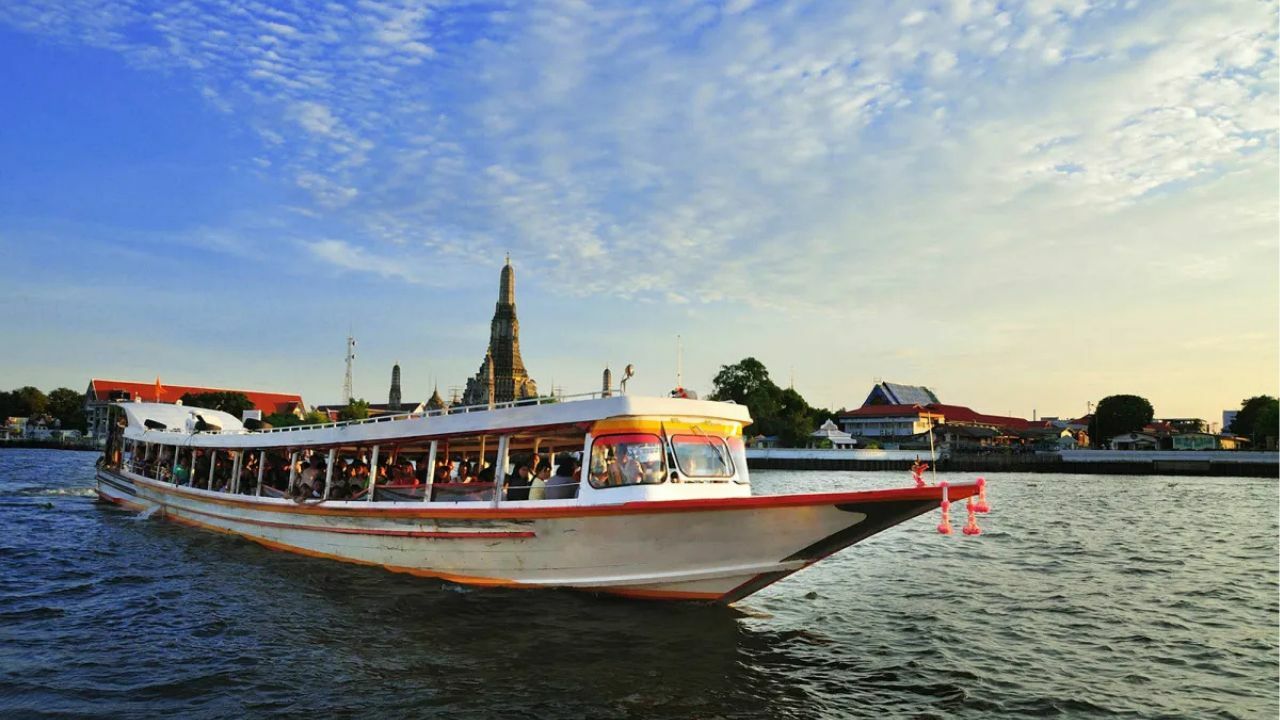
Branching off the river is Khlong Saen Saep, an 18-kilometre canal slicing through the commercial core of the city. This waterway is home to the Saen Saep Express Boat, a no-nonsense commuter service used by thousands of Bangkokians each day. Its long, low boats rush through the water like aquatic buses, ferrying office workers, students, visitors, and market vendors between neighbourhoods like Wat Saket, Siam Square, and the antique-filled residence of the silk magnate Jim Thompson.
Though more utilitarian than picturesque, it is a vivid, energetic cross-section of daily Bangkok life, alive with movement, splashes, and the honk of the boatman’s whistle as he signals to the next pier.
Beyond commuting and sightseeing, the khlongs provide an alluring portal of discovery: browsing fresh produce at floating markets, spotting egrets and monitor lizards along quieter stretches, or enjoying a hot bowl of boat noodles passed from a tiny kitchen bobbing gently on the current.
Thonburi: A glimpse into the old city
To glimpse the soul of old Bangkok, head west of the river into Thonburi, where canals still nourish entire communities. Many traditional teak homes here have canal-based addresses, and boat-bound postmen still deliver the day’s mail.
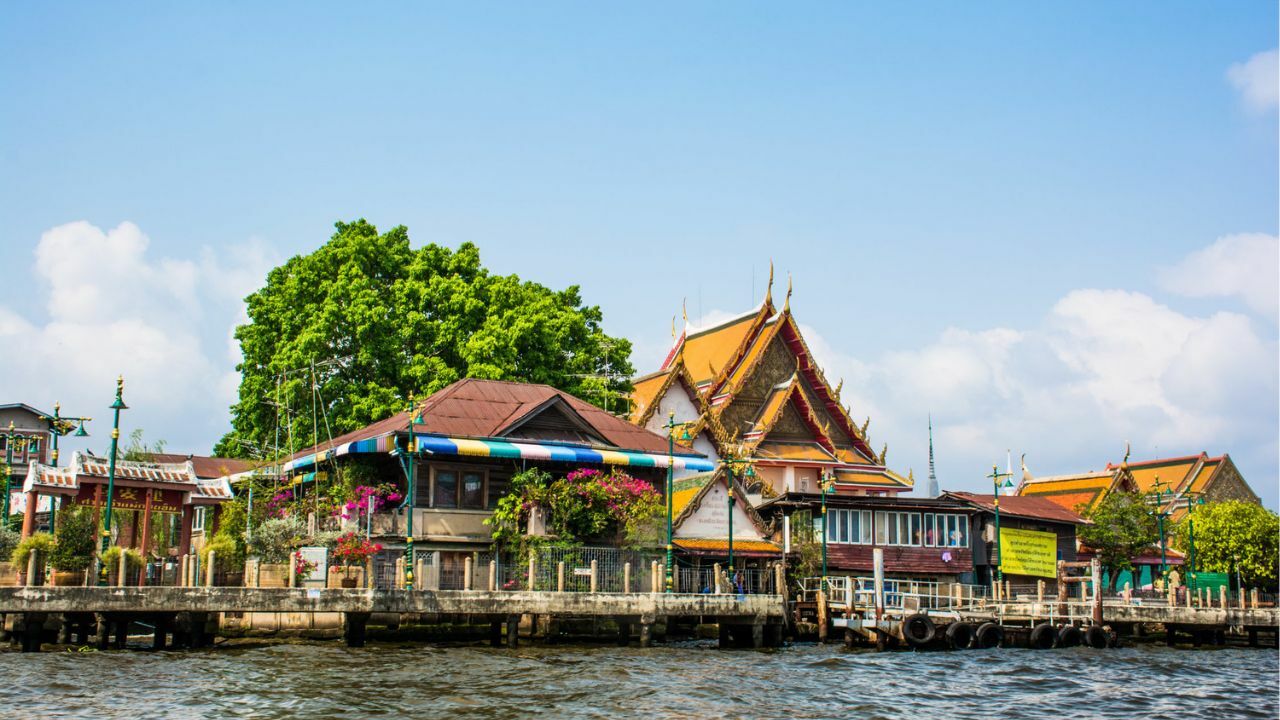
The scenes feel lifted from a travel journal of the past, but here you find them in contemporary Bangkok: local men playing cards and sipping Singha in the shade, vendors with sun-wrinkled faces ladling noodles from swaying boats, saffron-robed monks slipping silently between ornate temples, and children feeding fish or diving laughingly into the water in their underpants.
To experience the simpler side of Bangkok beyond the neon lights, longtail boat tours can be chartered from central piers. Rides typically last two hours, though full-day options allow time to wander deeper into Thonburi’s maze of waterways. Captains are happy to stop at temples, markets, or local homes on request.
A giant rising from the water
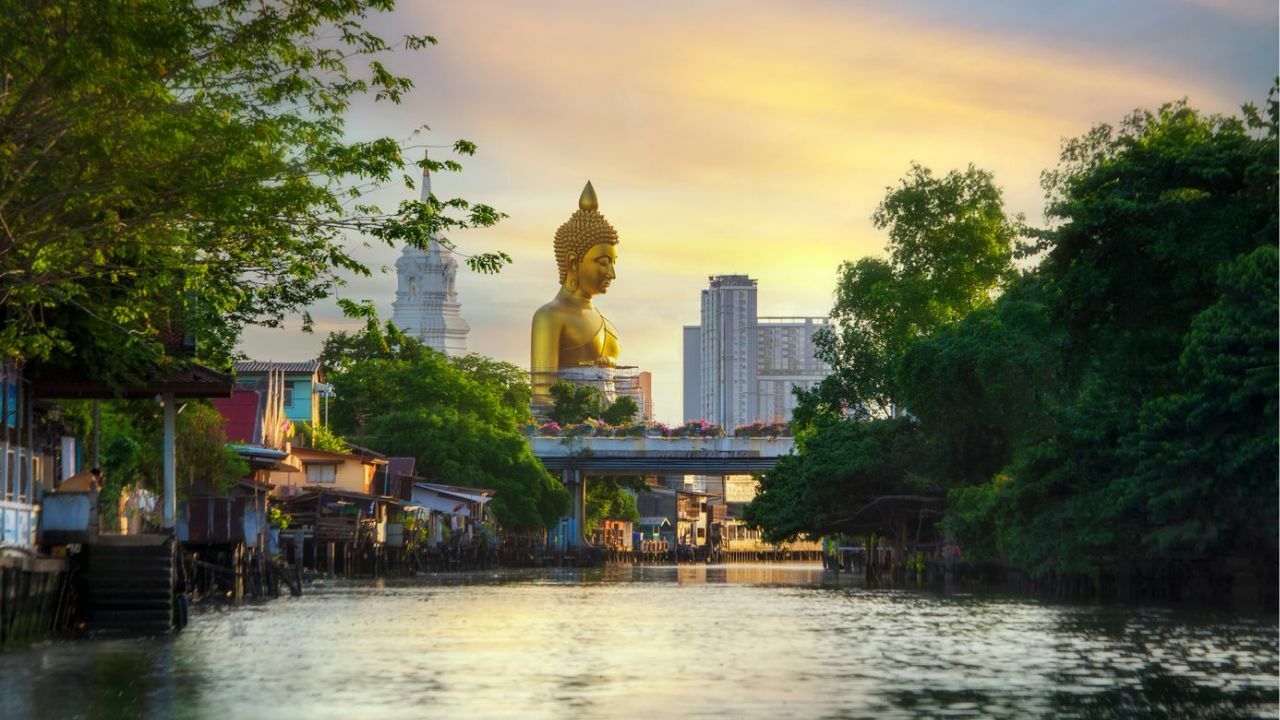
One of the most awe-inspiring sights along the Thonburi canals is the gleaming golden statue of the Big Buddha at Wat Paknam Bhasicharoen. Towering over rooftops at more than 60 metres high, its polished surface catches the sun, reflecting light across the water.
The temple sits along Khlong Phasi Charoen. From a boat, the Buddha’s sudden appearance above humble wooden homes feels both surreal and sacred, a reminder of the ever-present spiritual heartbeat of Bangkok, just beyond the skyline.
Art, tranquillity, and canalside creativity
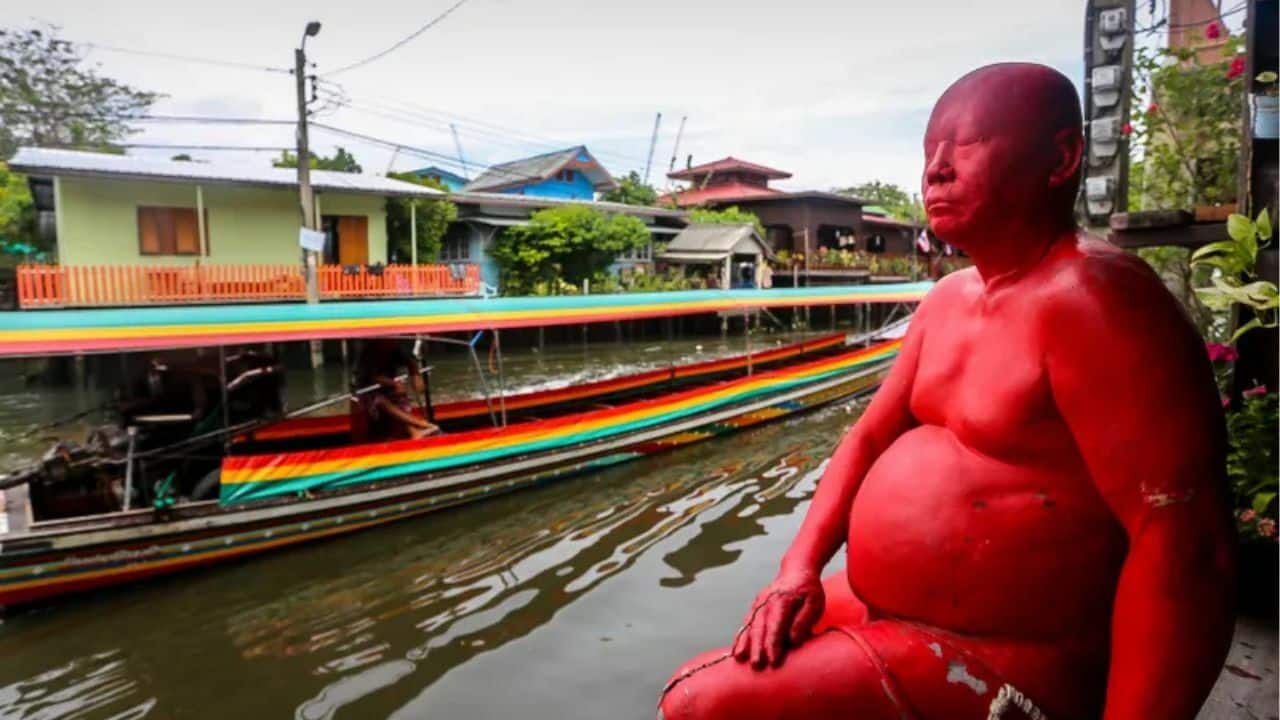
Another jewel along the canals is Baan Silapin, or The Artist’s House, at Khlong Bang Luang. This lovingly restored two-century-old wooden home is nestled among stilted buildings connected by a narrow plank walkway. Inside, antique shops, small galleries, and artist studios make up a lively, creative community.
One sculpture, the corpulent, daydreaming man lounging beside the canal, perfectly captures the mood of the sleepy khlongs that run like veins through the capital. It’s a world apart from the clanging tuk-tuks and honking horns just across the river.
The royal barges and Bangkok’s historic waterways
The canals of Bangkok Noi and Bangkok Yai trace a quiet, looping path through some of the oldest neighbourhoods in the capital. Winding past timber homes, timeworn temples, and sun-faded murals, they are whispering their past to those who pass by.
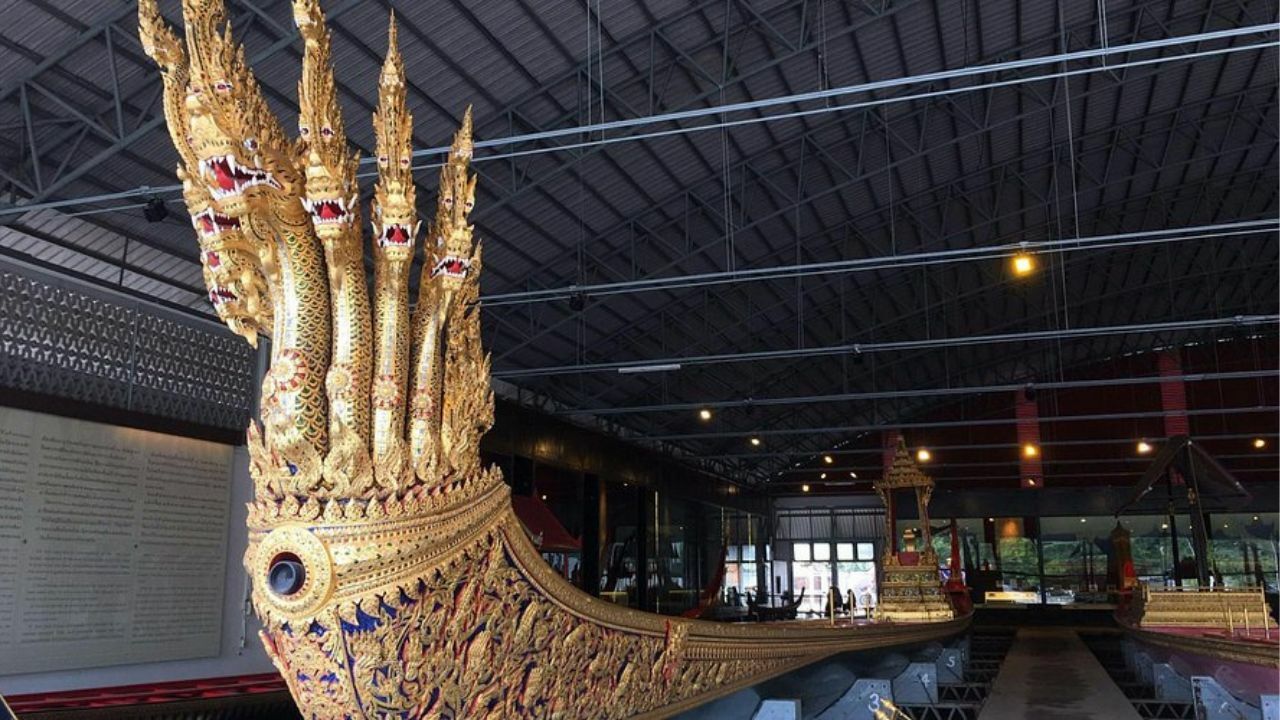
At Khlong Bangkok Noi is where you’ll find the Royal Barges Museum, home to Thailand’s gilded ceremonial boats, sleek, mythical vessels still used in royal processions today. Housed in a cavernous boathouse near the water’s edge, the museum reflects how deeply entwined these waterways are with Bangkok’s cultural and historical identity.
Where the current knows the way
People imagine Bangkok as nothing more than traffic, malls, and chaos. But venture just a little further from the main roads, and another world emerges, a patchwork of colour, calm, and community. Life in the klongs moves not by the clock, but by the current.
And if you linger long enough, you might see that same man on his perch again, the same sarongs fluttering in the breeze, the same dog asleep in the shade. Life, undisturbed, by the river’s edge.
Latest Thailand News
Follow The Thaiger on Google News:
